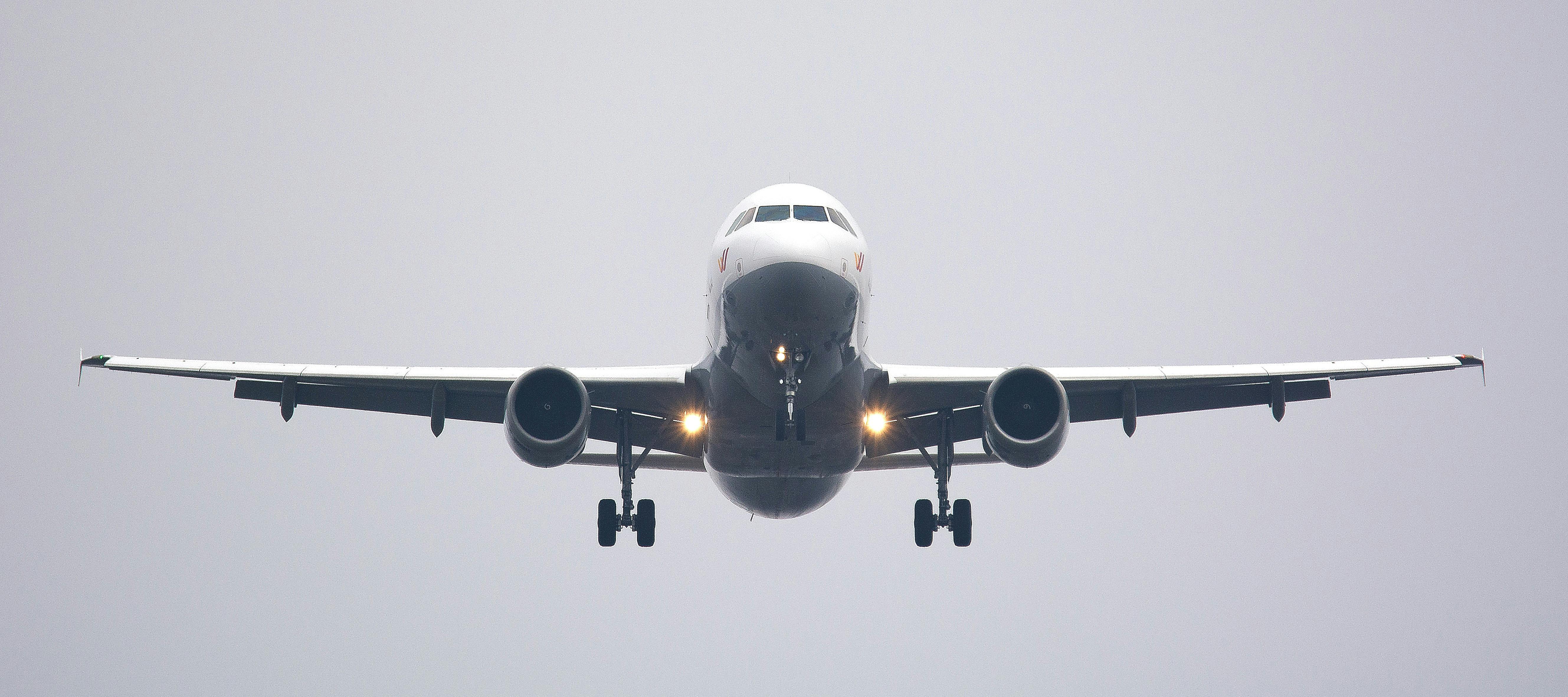
holidays in malta
Malta is located in the southern Mediterranean, south of Sicily, the ball under the foot of Italy. It is a very small place, with approximately 300 km² of land, that is, approximately 27 km by 14 km, and a population of around 400,000. Home to the Maltese people, the descendants of Sicilians mixed with Arab, Turkish and Phoenician influence, Malta boasts a rich cultural history, laying claim to the oldest known temples on Earth.
Today, Malta is increasingly aware of the needs of its visitors, and the island has been undergoing a transformation in recent years, with membership in the European Union triggering a wave of redevelopment and an overhaul of transport and infrastructure. . Having said that, it’s still an island where a limousine can easily be followed by a horse and cart, and traditional ways are never that far out of sight. In the city of St Julians, for example, a city known as the entertainment center of Malta, Spinola Bay is still the site of the traditional Maltese fishing boats with their bright colors and the Phoenician eye that acts as a reminder of the many other cultures that at some point traded or tried to colonize this small Mediterranean island. The ‘Silent City’ of Mdina is perhaps the best preserved example of Moorish influences, as well as the influence that the Knights of Malta have had throughout the island. This charming little town is a must for any visitor, protected as a World Heritage Site and virtually unchanged for hundreds of years.
If shopping is more your thing, the city of Sliema is a great place for shopping and enjoying some old-fashioned cafe culture, with a variety of international fashion stores making their home here, serving to the many visitors to this bustling little area. The new addition of ‘The Point’ shopping center in the Tigne Point area of Sliema is another sign of how certain areas see exclusivity and high-end services as a new part of Malta’s character. This is most visible in the cities of Sliema, St Julians and the regeneration of The Valletta, Birgu and other waterfronts, where the tradition has been well upheld and all areas have become a beautiful tribute to traditional Maltese design, with huge sandstone bricks. forming the solid but warm cafeteria, restaurant and marina fronts.
Geographically, the north and south of the island have slightly different characters: the underlying Maltese identity is obvious in both areas, but tourism appears to be largely centered in the north, while the south retains a year-round majority Maltese population. You are also more likely to hear English spoken in the north than in the cities of the south, although most Maltese are bilingual or even trilingual, speaking Maltese, English and Italian. The island’s official languages are Maltese and English, part of the legacy of the British occupation of the island, but also a way of facilitating trade on an island that has been trading longer than most: its geographical location on the center of the Mediterranean Sea was established long ago. as a gateway between Europe and North Africa. With its neighboring island of Gozo reportedly being the legendary island of ‘Calypso’, it’s not hard to see how long people from faraway lands have cherished the Maltese archipelago. However, this history of foreign contact has been far from peaceful, as Malta’s location also made it the site of many fierce battles and major sieges throughout history. From the Phoenicians to the Ottomans to the Axis forces in World War II, Malta has come under attack time and time again, and the great fortifications of Valletta are a must-see for anyone interested in Malta’s history. War on the Island, built by the Knights of Malta after the Great Siege of 1565, they withstood the bombardments of World War II and still guard the entrance to the Grand Harbor of Valletta.
Hotels in Malta are plentiful and there is a wide range to choose from. With St Julians home to the largest number of luxury five star hotels, it has carved a niche for itself as the island’s entertainment hub, although there are good hotels all over the island. If it’s something more affordable you’re looking for, St Julians also offers 4, 3 and less star hotels, as does neighboring Sliema – in the north, the towns of Bugibba, Qawra and Mellieha also have a range of hotels to choose from. as they are all popular destinations among the many visitors to the island. Accommodation in the island’s capital, Valletta, is a bit more limited as the entire city is classified as a World Heritage Site, so it has been much more difficult to obtain planning permission for large new developments in the city. There is a fair amount of self-catering on the island, and bed and breakfasts are also available, though perhaps less abundant than in other countries.
With public transport completely revamped in the summer of 2011, Malta’s buses are in temporary transition and the classic Maltese bus is undergoing a radical transformation and modernisation. Getting around is never too difficult as Malta is such a small island, but routes to cities in the far north such as Mellieha, Bugibba, Qawra and St Paul’s Bay are less frequent than services via Sliema, St Julians and Valletta, where the island’s main bus terminal is located. Renting a car is relatively easy, but keep in mind that in Malta you drive on the left, the same side as in the UK, so visitors from the US or other European countries will have to adjust. Taxis are plentiful, but it may be advisable to check with a couple of taxi companies before choosing, as prices can vary from driver to driver; It is not always decided by taximeter.